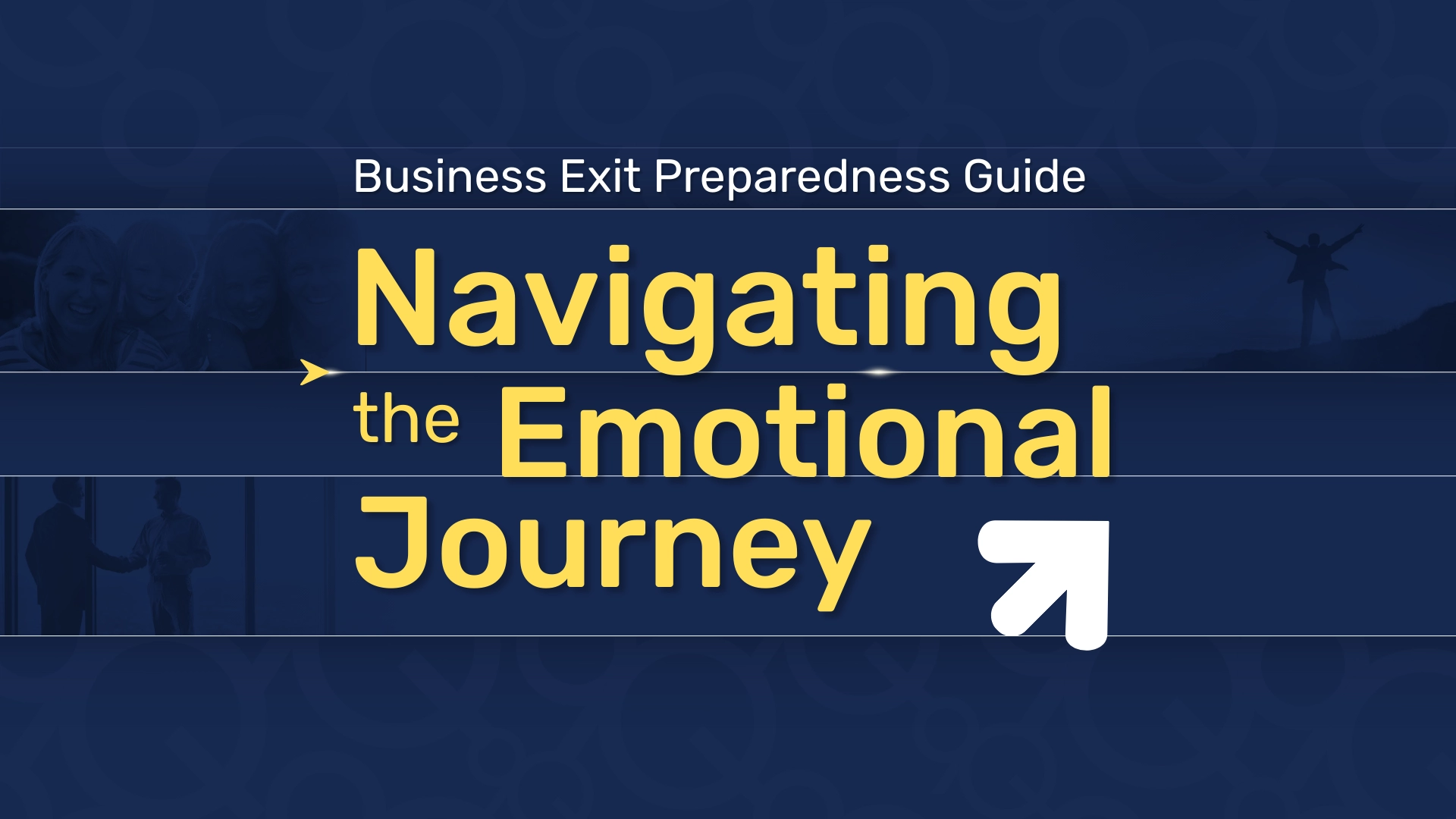Every entrepreneur’s journey culminates in a defining moment: the strategic exit. Like a masterpiece awaiting its final brushstroke, your business transition can become your greatest legacy. Let’s explore the 5 C’s framework that transforms business exits from mere transactions into opportunities for extraordinary impact.

Compliance Documentation: Building Trust Through Transparency
Think of your business as a precision instrument where every component works in perfect harmony. Compliance documentation is your detailed blueprint, showing future stewards how to maintain this excellence. While many see compliance as a burden, visionary leaders recognize it as a competitive advantage.
When buyers examine your business, they’re seeking confidence. Pristine compliance records tell them, “This business operates with clockwork precision.” Your documentation should showcase:
- Financial records revealing growth patterns
- Operational procedures demonstrating systematic excellence
- Regulatory compliance highlighting proactive management
- Risk protocols protecting future value
- Quality systems ensuring consistent performance

Contract Transfers: Preserving Business Harmony
Your business relationships form an intricate symphony, each contract an instrument playing its part. Successful contract transfers preserve this harmony through:
- Supplier agreements maintaining operational rhythm
- Customer contracts securing revenue streams
- Employee agreements retaining key talent
- Property leases ensuring stability
- Service agreements supporting performance
Start early – reviewing and organizing contracts isn’t just preparation, it’s value preservation.
Client Retention: Your Legacy in Motion
Clients aren’t just numbers; they’re the believers who helped build your success. Their continued loyalty through transition becomes your greatest testament. Create a client transition journey that includes:
- Strategic communication building confidence
- Relationship mapping preventing disconnection
- Value reinforcement maintaining trust
- Service consistency proving stability
- Personal engagement showing continued commitment
Remember: Each preserved client relationship multiplies your exit value.

Competitive Protection: Guarding Your Innovation
Your competitive advantages are your business kingdom’s crown jewels, requiring both protection and fortification during transition:
- Proprietary processes
- Market positioning
- Brand equity
- Customer relationships
- Operational efficiencies
Focus on transforming personal advantages into organizational strengths that survive your departure.
Contingency Planning: Mastering the Unknown
Like chess grandmasters thinking several moves ahead, your contingency planning should reflect strategic foresight:
- Leadership succession ensuring continuity
- Market response strategies maintaining momentum
- Key employee retention preserving talent
- Economic scenario plans protecting value
- Technology evolution paths ensuring relevance
View contingencies not as emergency plans but as opportunity roadmaps waiting to unfold.

The Clean Exit Protocol (CEP): Your Bridge to Tomorrow
This is where transformation happens – where these five elements merge into a unified strategy for transition excellence. The CEP creates:
- Hidden value discovery
- Systematic transition approaches
- Confidence-inspiring documentation
- Relationship equity preservation
- Maximum transaction value
Your Next Bold Steps
Begin your clean exit journey today, regardless of your timeline:
- Reflect deeply on your ideal exit scenario
- Document your current position across all 5 C’s
- Connect with a qualified and experienced exit planning firm
- Build your transition dream team
- Create your preliminary timeline
Rather than ending a chapter, a clean exit crafts a legacy that generates value long after your departure. Your business deserves a transition as impressive as the journey you took to build it.
The time for preparation is now. Are you ready to transform your business exit into your greatest masterpiece?
Remember: In business transition, as in life, excellence isn’t achieved by chance. It’s created through deliberate planning, strategic thinking, and unwavering commitment to your vision. Your legacy awaits its finest hour.









